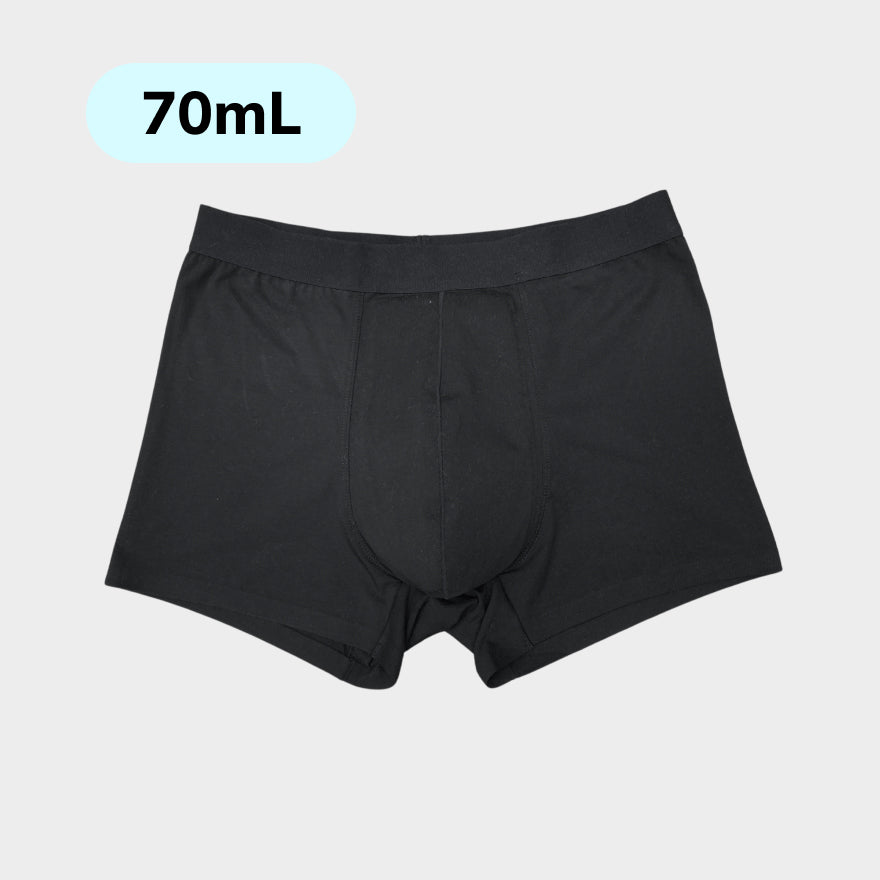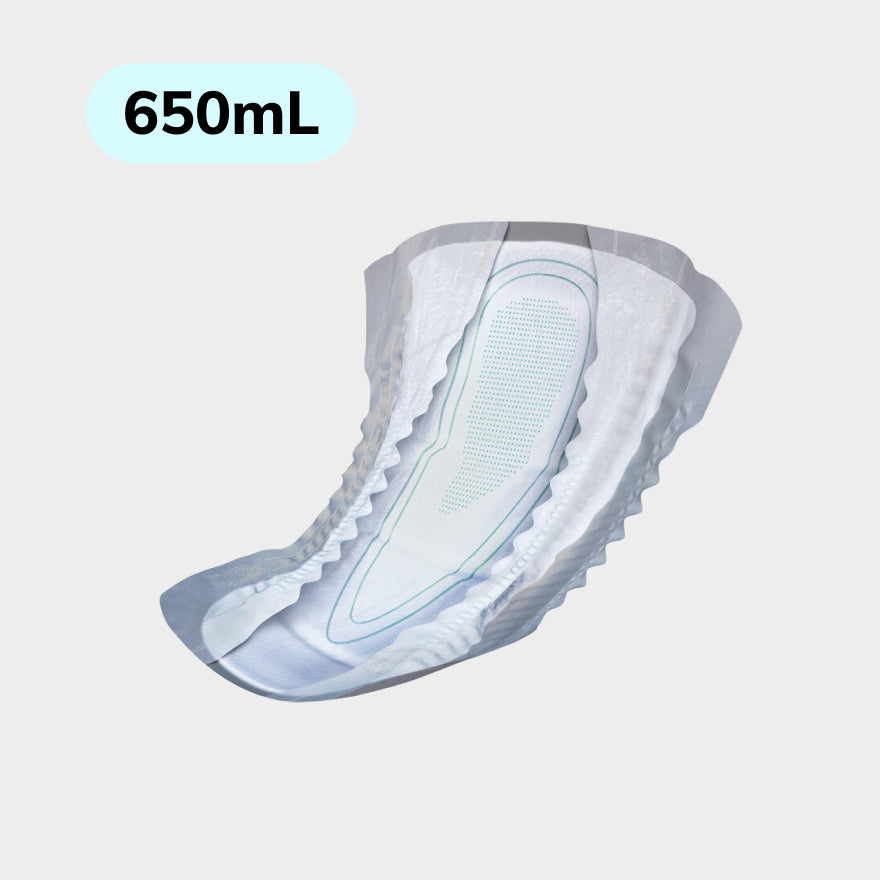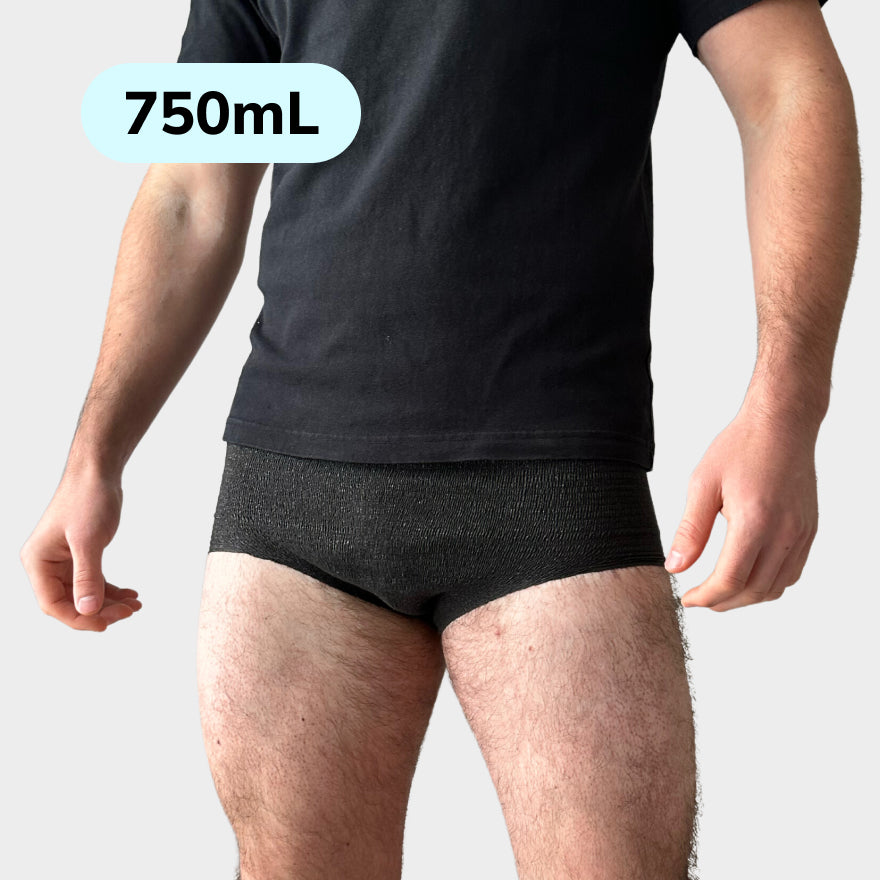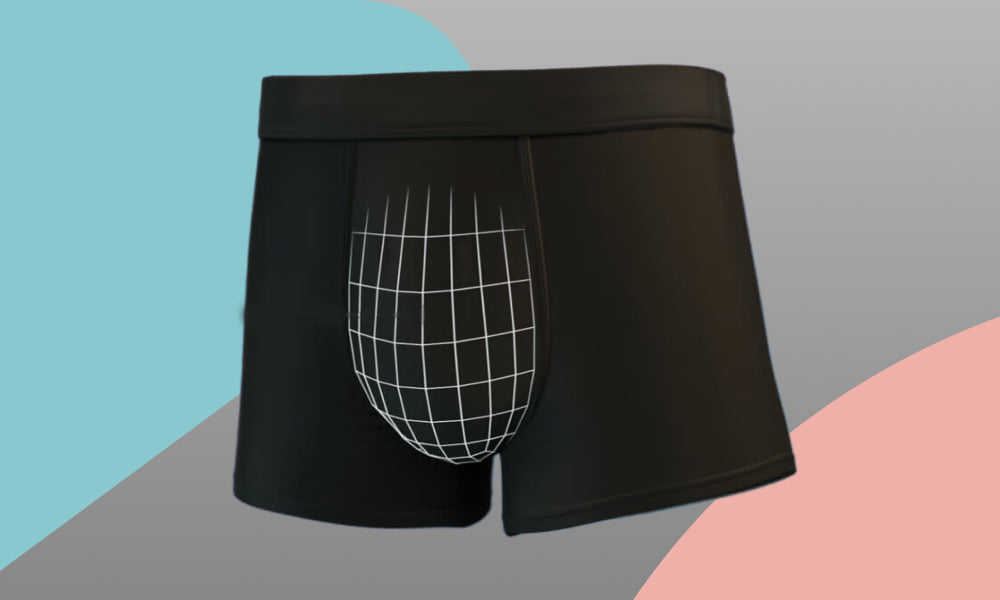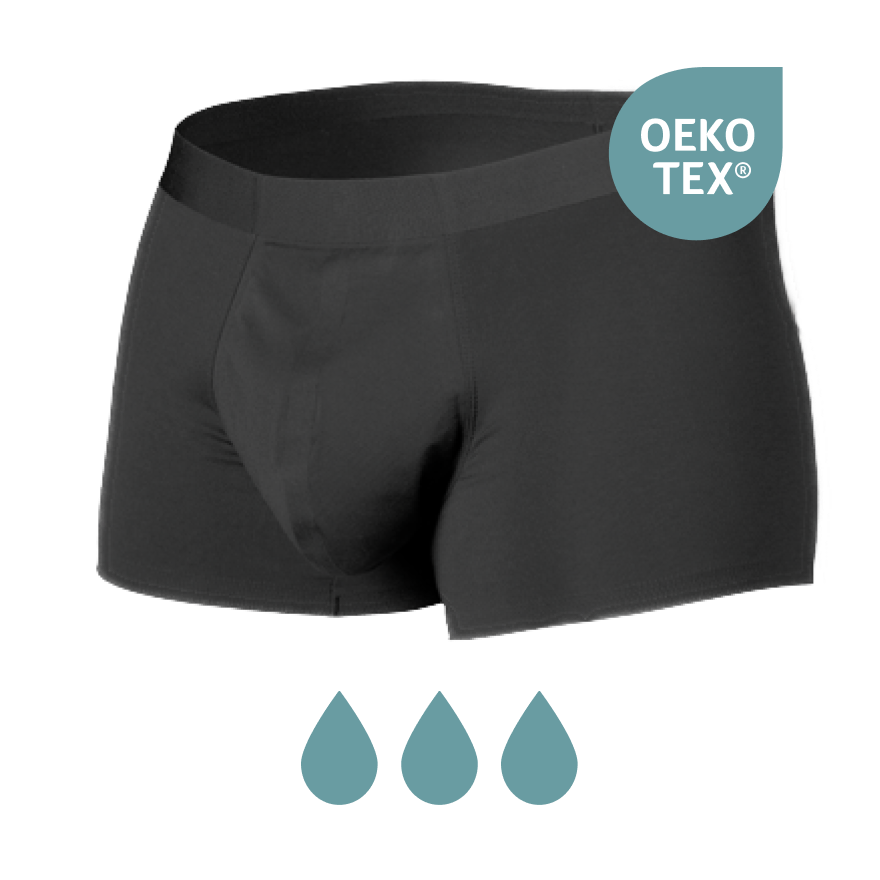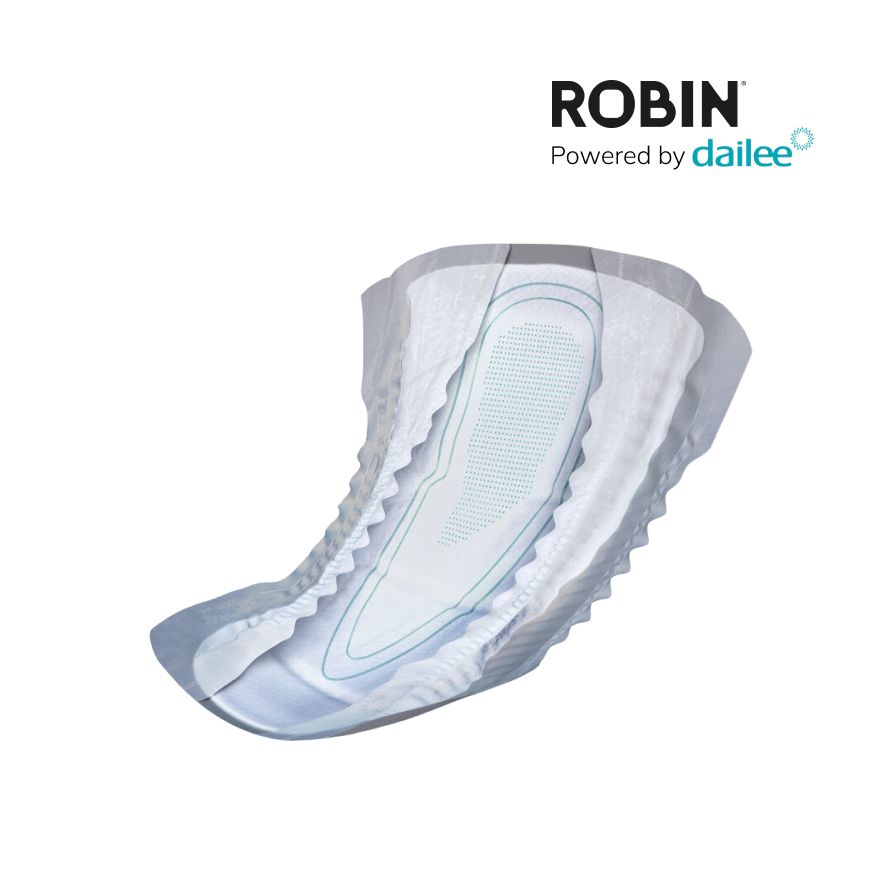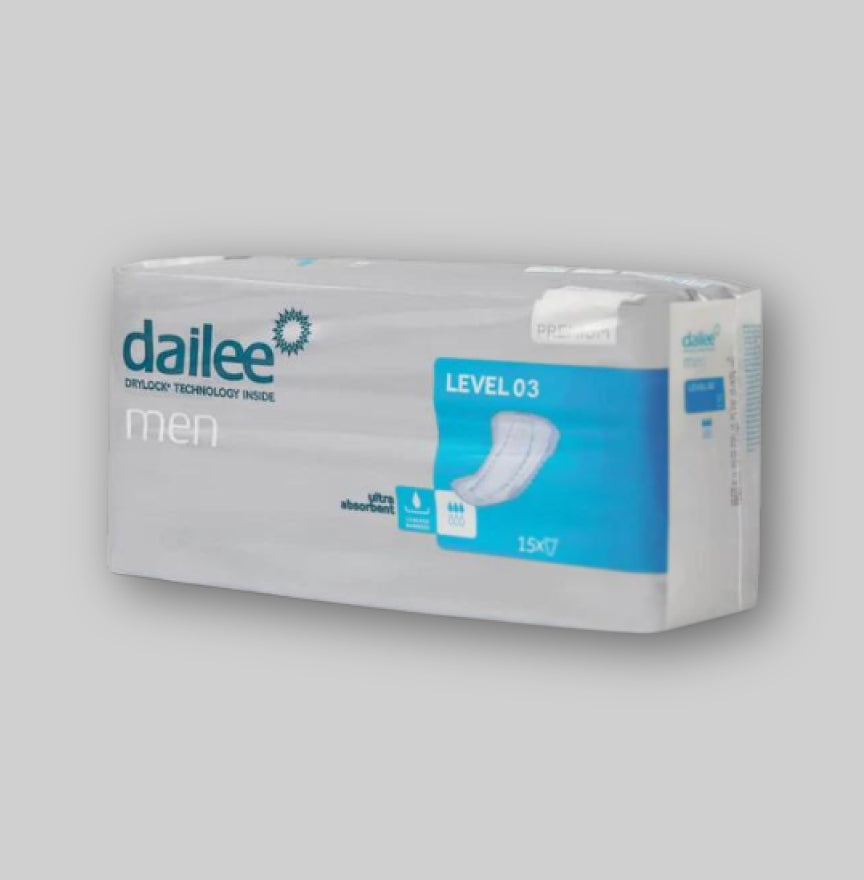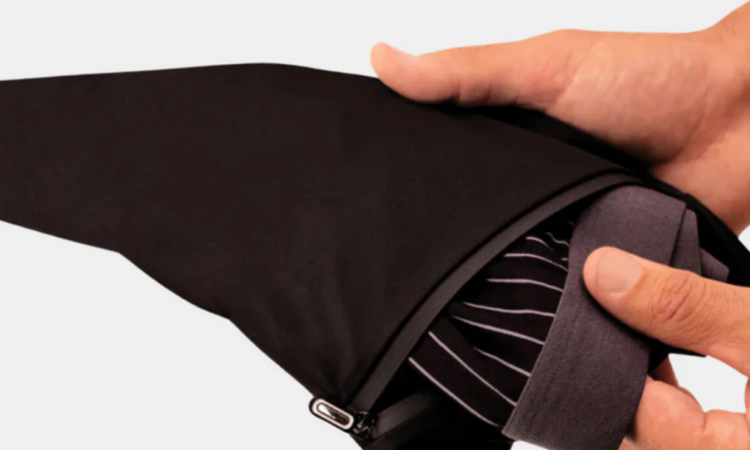Urine incontinence is a condition that affects millions of people around the world. Despite the common nature of incontinence, there is rarely. It is a symptom with various underlying causes, each of which influences the ability of the bladder to check the urine flow. Understanding these causes is essential for effective managing the condition and for improving the quality of life of the people involved.
In the light of this, the ten most common causes of incontinence, in order to give more insight into this widespread problem. We focus on offering clear and reliable information, in the hope that this will contribute to a better understanding and will open its way to effective solutions for those who live with this condition.
Pregnancy and delivery
During pregnancy, the pelvic floor muscles can be under considerable pressure, which can lead to incontinence. More than a third of women arise during their first pregnancy stress incontinence. This percentage increases in subsequent pregnancies.
The pregnancy itself is an important cause of incontinence, largely due to the physical and hormonal changes that take place. As the womb grows, it exerts more pressure on the bladder and the pelvic floor muscles. This pressure can lead to weakening of these muscle groups and the supporting tissue, which results in stress incontinence. Activities such as coughing, sneezing, laughing or exercising can then cause leakage of urine. Hormonal changes also make the muscles and connective tissue more flexible in preparation for delivery, which further reduces the capacity of the pelvic floor to check the bladder.
With a vaginal delivery, these muscles can stretch, weaken or even tear. This influences their ability to securely control the bladder and urethra and can lead to stress incontinence - involuntary loss of urine that occurs during physical activities that increase the abdominal pressure. In addition, the nerves that regulate the bladder control can be damaged during the birth, so that the ability of the bladder to detect fullness and urination can be properly identified. The impact of a birth on incontinence differs and depends on various factors, including the duration of the birth, the size of the baby and the use of aids such as a release tong. Some women recover quickly, but others can Long -term challenges Experienced after the birth. Specific exercises such as Cone exercises or medical may be necessary to strengthen the pelvic floor muscles and to restore control of the bladder.
Menopause
During the menopause experienced women often hormonal changes that can influence the wind function. DALING THE HORMONE estrogen is important because it contributes to the strength and health of the pelvic floor And Urethra, essential for urine check.
- Reduced estrogen: Leads to weakening of tissues that support the bladder.
- Stress incontinence: Loss of urine with physical stress such as coughing or sneezing.
- Urge incontinence: Sudden, strong urge to urinate.
Furthermore, this hormonal shift can make the internal lining of the urethra and bladder more sensitive to irritations and infections, which can worsen the symptoms of incontinence. Additional vaginal atrophy and dryness During the menopause, the urinary function to influence.
Treatment options often include:
- Lifestyle adjustments: Dietary changes and weight control.
- Pelvic floor exercises: To increase muscle strength.
- Hormone replacement therapy (HRT): Can reduce symptoms.
More than half of the women experiences urinary incontinence after the menopause. It is essential for women to recognize these symptoms and take steps to maintain comfort and quality of life.
Prostate problems & surgical intervention
Male incontinence can often be reduced to prostate disorders and the subsequent operations. In the case of an enlarged prostate, technically known as Benigne Prostathyperplasia (BPH), this can lead to an incomplete emptying of the bladder and overflow incontinence, what drip in continuous or leak.
In the treatment of prostate cancer, such as a radical prostatectomy, incontinence is a common consequence. This is usually due to damage to the muscles or nerves that check the bladder, which will be bothered about a quarter of the men postoperatively.
The prostate gland is removed during these operations. Although the aim is to save the nerves for bladder control, there is often a certain degree of urinary dysfunction. This can manifest itself as stress incontinence, where leakage occurs with coughing, sneezing or effort, or as urgent incontinence, characterized by a sudden, uncontrollable need to urinate. The risk of incontinence varies according to the type of operation, the applied surgical technology, and patient -specific factors.
- Enlargement: Can lead to overflow incontinence.
- Prostate cancer treatments: Can cause stress and urge incontinence.
- Postoperative complications: Urinary incontinence occurs in approximately 25% of the operated men.
To read more about the management of urinary incontinence after prostate surgery, click here.
Chronic constipation
Long -term blockage is a often overlooked factor that contributes to incontinence, such as urge incontinence and disease incontinence. Constantly pressing, as a result of chronic blockage, the pelvic floor muscles weaken. These muscles are essential for supporting the bladder and checking the release of urine and stools. Over time, this weakness can result in a captured ability to control the bladder and intestinal movements.
In addition, the accumulation of bowel movements in the rectum can exert pressure on the bladder, reducing the capacity and this leads to more frequency and urgency when urinating. In severe cases, an impacted bowel movement can even disturb the normal function of muscles and nerves in the pelvic area, which can further aggravate incontinence problems.
Nerve damage
Nerve damage plays a significant role in incontinence problems. This is because control over the functions of bladder and intestines is highly dependent on a healthy nervous system. Signals that indicate the fullness of bladder and intestines are sent by nerves to the brain. These signals also indicate when it is time to have the muscles in the pelvis and the sphincter muscles contract or relax to start or stop the urine or relief flow.
Main points:
- Signal transfer: Nerves communicate the fullness of bladder/intestines to the brain.
- Muscle coordination: Correct contraction and relaxation of sphincter muscles is crucial.
- Causes of damage: Parkinson's, spinal cord glacks, multiple sclerosis, consequences of operations or radiation.
- Symptoms: Involuntary loss of urine, inability to feel fullness of bladder/intestines.
When these nerves are damaged - due to a diversity of disorders such as Parkinson's, spine, multiple sclerosis, or the after effects of surgical procedures or radiation therapy - disrupts communication between bladder, intestines and brain. This can give rise to involuntary leakage of urine or stool, because the bladder can contract at unexpected moments or the muscles do not work correctly to guarantee continuence. In some cases, nerve damage can also lead to a reduced capacity to feel when the bladder or intestine is full, which increases the risk of incontinence.
Medication
Various medicines influence the bladder function and can promote incontinence. Here is a brief overview of medicine types that can lead to this problem:
- Diuretics: Increase urine production and can cause urgency.
- Antidepressants and antipsychotics: Neurotransmitters influence that affects control of the bladder.
- Sedativa and muscle relaxants: Reduce the consciousness of the need to urinate and the bladder muscles can weaken.
-
Medication for high blood pressure:
- Alpha blockers: Attack on the sphincter muscle can cause leakage.
- Calcium channel blockers: Relax the smooth muscles of the bladder, which can lead to incontinence.
It is important to be aware of these possible side effects when using these medicines.
Obesity
Obesity has a significant influence on incontinence, because the extra weight exerts higher pressure on the bladder and pelvic floor muscles. This pressure can gradually weaken the pelvic floor, which adequately reduces the ability to support the bladder and urethra. This may happen that with activities that give extra stress to the abdominal area, such as coughing, sneezing or lifting heavy objects, stress incontinence occurs, whereby involuntary loss of urine occurs.
In addition, the accumulation of fatty tissue in the pelvic area can change the position of the bladder and urethra, which can further affect the mechanism of the urinary continence. Obesus also increases the risk of developing type 2 diabetes, which can lead to nerve damage that influences control over the bladder, and can aggravate other conditions such as sleep apnea, which is associated with nocturnal incontinence.
Uti's
Urinary infections can be short -lived incontinence cause, since these cause irritation and inflammation of the urinary tract. The symptoms that arise from this irritation include:
- Increment: A sudden and intense necessity to pee.
- Unintentional loss of urine: This can occur following the urge to pee.
These disorders arise because the bladder and urethra get irritated, which leads to:
- Increased sensitivity: It becomes more difficult to stop urine and completely empty the bladder.
- Disrupted signals: Disruptions in communication between the bladder and brain, resulting in involuntary contractions of the bladder muscle.
Although incontinence as a result of urinary infections is usually temporary and disappears after treatment, repeated exposure to these infections can cause long -term bladder control.
Diabetes
Diabetes can lead to incontinence due to multiple mechanisms, mainly because of the impact on nerve function and urinary tract. Long -term high blood sugar levels can cause nerve damage (diabetic neuropathy), which influences the nerves that control the bladder and urethra. This damage can result in an overactive bladder, with involuntary muscle stretchings that cause an urgent necessity and frequency of urination, as well as urge incontinence.
In addition, diabetes can contribute to urinary tract infections that can irritate the bladder and temporarily aggravate symptoms of incontinence. The increased urine production that is often accompanied by uncontrolled diabetes can overload the capacity of the bladder, leading to overflow incontinence, where the bladder cannot completely empty, resulting in leakage.
Urinary blockages
Causes and influences
Urinary blockages can be caused by disorders such as kidney stones, one enlargement Or narrows in the urinary tract. These blockages increase the pressure within the bladder, which makes complete emptying when urinating.
Due to the increased pressure, the bladder can get over, which reduces the muscles and their ability to contract effectively decreases. This can lead to overflow incontinence, where the bladder does not empty properly, resulting in constant or frequent drops of urine.
Urinating through a blockade can also cause tension and possible damage to the pelvic floor muscles and the sphincter, which can further reduce urinary control. In some cases, the increased pressure of blockages can also cause involuntary bladder contractions, which incontinence as a result.
Control and treatment
Understanding the underlying causes of incontinence is a first step towards effective management. By finding the main cause, one can tailor a tailor -made treatment plan Develop, ranging from adjustments in lifestyle to medical interventions.
Incontinence does not have to limit your life. With the right knowledge and support it is possible to control this condition and to lead a full, active life.
Supporting products
Are you looking for help finding the right product for bladder protection? Do our bladder protection quiz and receive another example package today!
